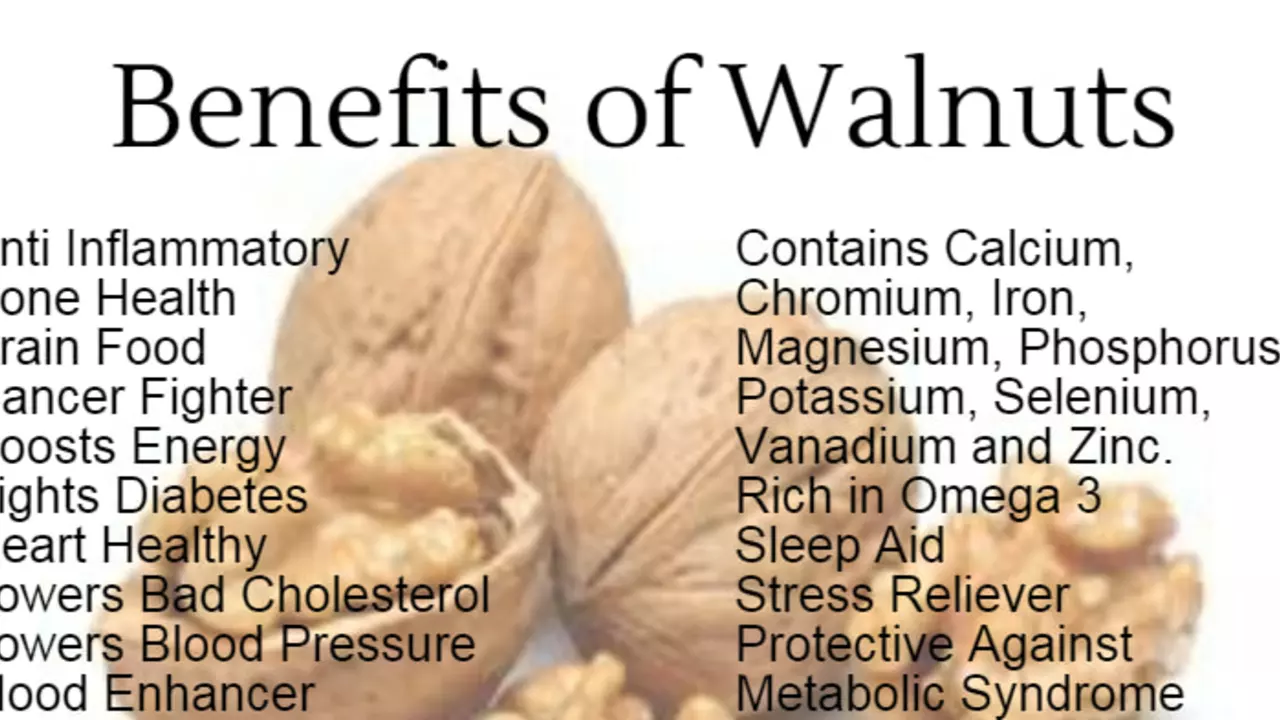Nutritional Facts You Need Right Now
When you shop for food or plan a meal, the first thing most people want is a simple answer: how good is this for me? Nutritional facts give you that answer in plain numbers and easy explanations. No science degree required – just a quick glance at calories, protein, carbs, fats, vitamins, and minerals lets you decide if something fits your goals.
On this page we’ll break down the key parts of nutrition labels, show why each number matters, and give you real‑world tricks to use the info without getting stuck in details. Whether you’re trying to lose weight, build muscle, or just eat a bit healthier, these facts will help you make smarter choices fast.
Understanding the Basics of Nutrition
The first thing on any label is the serving size. That tells you how much of the product the rest of the numbers refer to. If you eat more than one serving, multiply the calories and nutrients accordingly. Next up are calories – they’re a measure of energy. Knowing your daily calorie target helps you keep portions in check.
Protein, carbs, and fat are listed next because they supply most of your calories. Protein builds muscle, carbs give quick fuel, and fats support hormones and brain health. Look for foods that have a good balance – high protein, moderate carbs, and healthy fats like olive oil or nuts.
The micronutrients – vitamins and minerals – appear further down. Vitamin A supports vision, calcium strengthens bones, iron carries oxygen. If a food lists 20% or more of the daily value for a vitamin, it’s a solid source. Don’t chase every nutrient; focus on the ones you need based on your diet.
Fiber is another number to watch. It helps digestion and keeps you full longer. Aim for at least 3‑5 g of fiber per serving if you can. Sugar is listed separately from carbs, so you know how much added sweetness is in the product. Lower sugar usually means a healthier choice.
Practical Tips for Using Nutritional Info Daily
Start by setting a simple goal: stay under 2 000 calories per day, hit 50 g of protein at each meal, and get at least 25 g of fiber. Then use the label to see if a food meets those targets. If a snack has 200 calories but only 1 g of protein and 0 g of fiber, it’s probably not worth the calories.
When you compare similar items – say two brands of cereal – look at the sugar per serving. A difference of 5 g can add up to 20 g of extra sugar a day if you eat it daily. Small swaps like choosing the lower‑sugar option can make a big impact over weeks.
Use the “% Daily Value” bar as a quick cheat sheet. Anything above 15% is considered a good source; anything under 5% isn’t contributing much. This helps you spot foods that are truly nutrient‑dense without reading every number.
If you’re cooking at home, weigh your ingredients and add up the numbers yourself. Apps or online calculators let you input weights and give you total calories, protein, carbs, and fats for the whole recipe. Then divide by servings to see exactly what each plate provides.
Finally, don’t stress about perfection. A single meal won’t ruin your diet – it’s the overall pattern that counts. Use nutritional facts as a guide, not a rulebook, and you’ll find healthy eating becomes easier day by day.
In my latest blog post, I dive deep into the world of safflower, a plant that's not just beautiful but also packed with health benefits. From its impressive nutritional profile, including vitamins, minerals, and essential fatty acids, safflower has a lot to offer. Be it boosting heart health, managing diabetes, or promoting skin and hair health, safflower seems to have it all. Plus, it's more than just a health food - it can also be used in cooking and cosmetics. Stay tuned to get the inside scoop on all things safflower!

